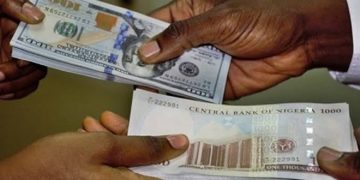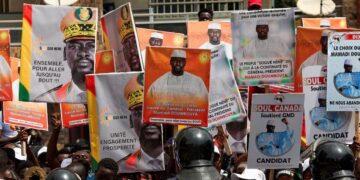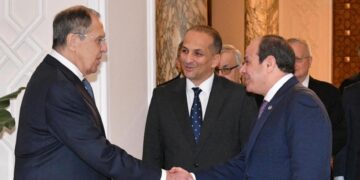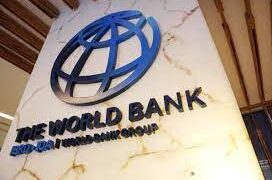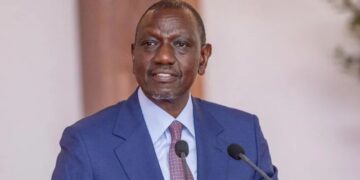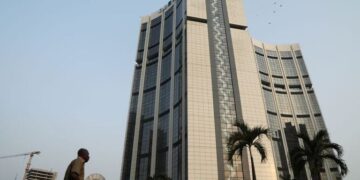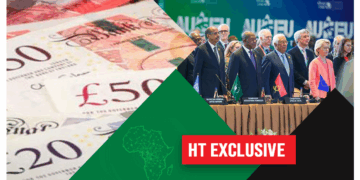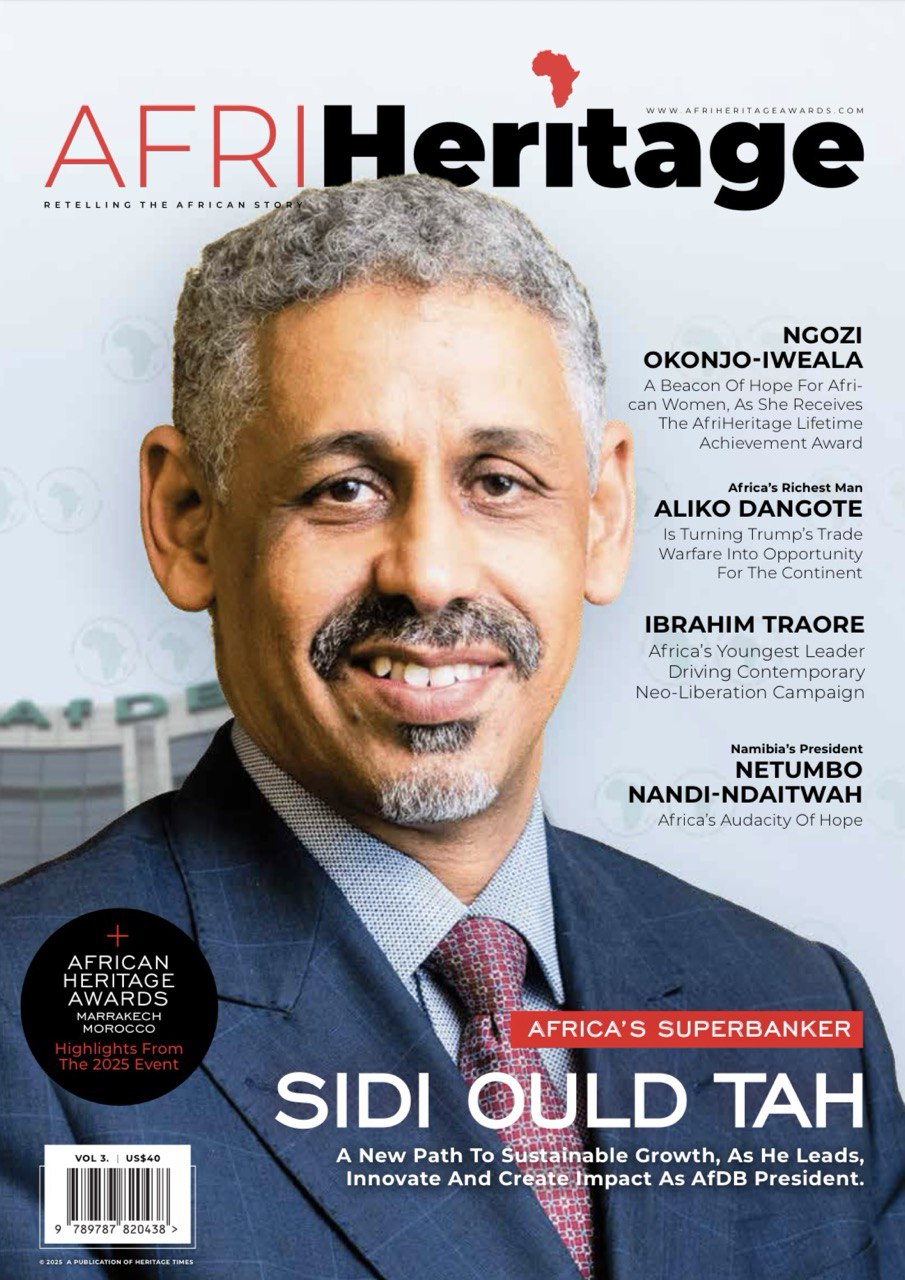By Ebi Kesiena
The naira held broadly steady on Friday, trading within a narrow range across both the official and parallel markets.
Data from the Central Bank of Nigeria (CBN) and market platforms placed the official Nigerian Foreign Exchange Market (NFEM) — the CBN’s volume-weighted average price — between ₦1,437 and ₦1,444 per US dollar.
In the parallel (black) market, traders in Lagos and other major commercial hubs quoted the greenback around ₦1,440 for buying and ₦1,455 for selling, though a few informal reports mentioned sporadic deals as high as ₦1,515. That left the parallel market roughly ₦10 to ₦70 weaker than the NFEM midpoint on Friday.
What Moved the Market
Currency traders attributed the naira’s relative stability this week to steady inflows into the official window and the CBN’s continued policy guidance following its decision in September to begin easing interest rates. Those measures have helped curb exchange-rate volatility since mid-2025.
Analysts added that activity in the parallel market remains driven by local dollar demand for imports and fuel, as well as shifts in sentiment among bureau-de-change operators.
How It Affects Nigerians
Importers and firms sourcing raw materials in dollars still face higher costs when relying on parallel-market rates.
Businesses with access to official NFEM liquidity, on the other hand, continue to benefit from more favourable exchange rates.
For individuals, especially travellers and those handling small remittances, the effective rates available are typically closer to the parallel-market quotes cited above.
What to Watch Next
Market watchers say the naira’s near-term direction will hinge on three main factors:
1. CBN liquidity in the NFEM and any additional policy signals;
2. Foreign-exchange inflows from oil receipts, exports, and foreign investment; and
3. Import and fuel-related demand, which could push more activity back to the parallel market.
Analysts are also keeping an eye on developments around fuel sales and refinery policy, noting that these could influence dollar demand and test the naira’s recent stability.
